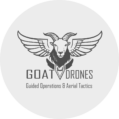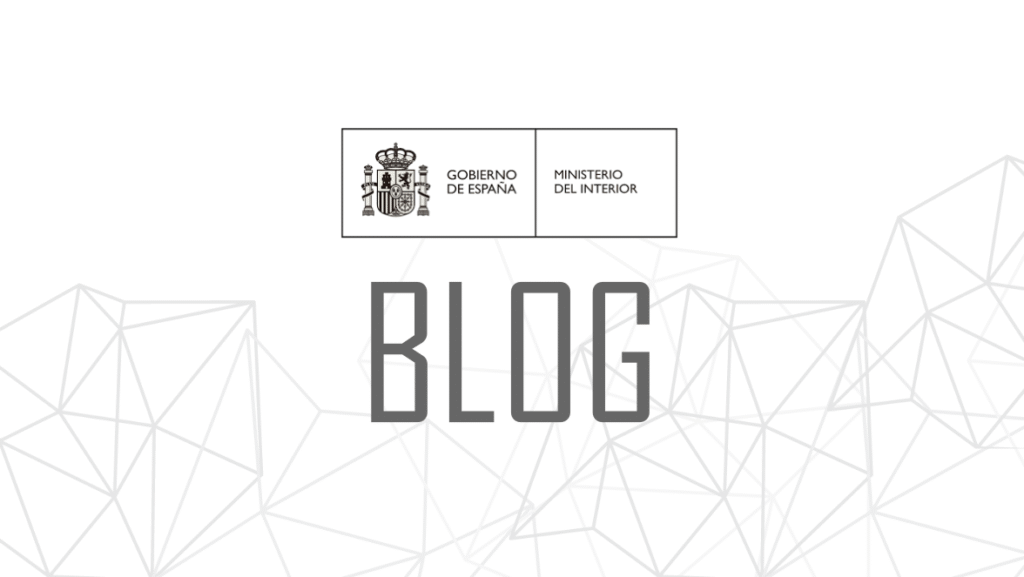Some say, jokingly in the drone world, that the US provides the software, China the hardware and Europe the regulations. Even if it is for the sake of operational security, it is true that when you see how in China it is perfectly normal to use drones for logistical delivery, transport of goods or surveillance with practically no restrictions, you realise how difficult it would be to do the same in Europe. And in Spain it would perhaps be even more complex.
One of the most controversial points of the updated Spanish drone regulations, Royal Decree 517/2024, is the obligation to declare to the Ministry of Interior any urban flight that is going to take place at least 5 calendar days in advance. Of course, this is a hard blow for the sector, especially for those hobby pilots who are on holiday, arrive in a charming little town and decide to take out their drone to immortalise it. It is no longer enough to use a UAS weighing less than 250g or to have liability insurance. If you do not give 5 calendar days’ notice, you are in breach of the regulations and therefore in breach of the law.
But the purpose of this article is not so much to delve into the concept itself, which already makes it clear that only ‘the good guys’ allow themselves to be controlled, since ‘the bad guys’ are not going to go around notifying anyone of the misdeeds they intend to carry out, but rather to focus in this post on the forms.
To begin with, RD 517/2024 itself specifies that the declaration form must include the possibility of containing up to 5 consecutive days of operation on the same form, and this is not complied with. It is also stated that it is a declaration and not a coordination, although, in fact, the National Police can contact you (if they do not do so more often it is because they are overwhelmed with so many declarations) and, de facto, for the sake of public safety, suggest that you do not make such and such a flight or in such and such a way.
For those who do not know, filing the declaration is not a complicated process, although it is a cumbersome one. To begin with, you must have a digital certificate to identify yourself and access this portal. And fill in the fields it asks you to complete. At the time, there were around 70 mandatory fields, including details of the operator, the operator’s representative, the pilot (who must have a Spanish DNI or NIE, which de facto prevents foreigners identifiable with a passport or ID from their own country from flying into the urban areas), the UAS to be used, the observer (optional) and, finally, the operation itself (date, time, altitude and place).

GOAT Drones Solutions is a young company, we have only been working for a couple of months. But at the time of writing this article, we have already made 121 declarations to the Ministry of the Interior. And it is not because we have carried out 121 operations, but because the form is not as agile as it could be, as each form is only valid for one UAS, one pilot, one day and one place. Let’s explain it with a practical example. Let’s say we want to fly in any town for two days:
- 2 days = 2 declarations
- As we do not know whether we will use drone A or drone B (or both), we will make a declaration for each drone and each day. 2 days x 2 drones = 4 declarations.
- As we will also go with an auxiliary pilot, just in case, to cover that both pilots can carry both aircraft on both days, we should double the above: 2 days x 2 drones x 2 pilots = 8 declarations.
As can be seen, for a single operation there are 8 forms. And this is simplified, as it is normal to have several UAS, declare extra dates just in case (5 days in advance may not be enough to guarantee that the weather will be good enough to carry out the operation), backup pilots… Fortunately, there are applications, such as the FlyForm extension for Chrome that can facilitate the work by automating the repetitive filling in of the fields. Ideally, however, it would be ideal if several drones, several pilots and several dates could be declared for an operation.
In short, from GOAT Drones we encourage administrations to continue improving their platforms. Not so much for our convenience, but to improve efficiency. Fewer declarations will also simplify the supervision by the colleagues of the Ministry of the Interior.


UPDATE: Several weeks ago, the Ministry of the Interior updated its form. It now allows pilots and UAS operators to be saved (without the need for external web browser plugins), declarations to be made on behalf of another operator (which is useful for aeronautical advisory services) and multiple declarations to be made on the same form. In other words, each declaration is still limited to one pilot, one UAS, one area and one specific day. However, the work is made somewhat easier by the fact that only one signature process is required. In any case, it is still not possible to declare 5 days on a single form.